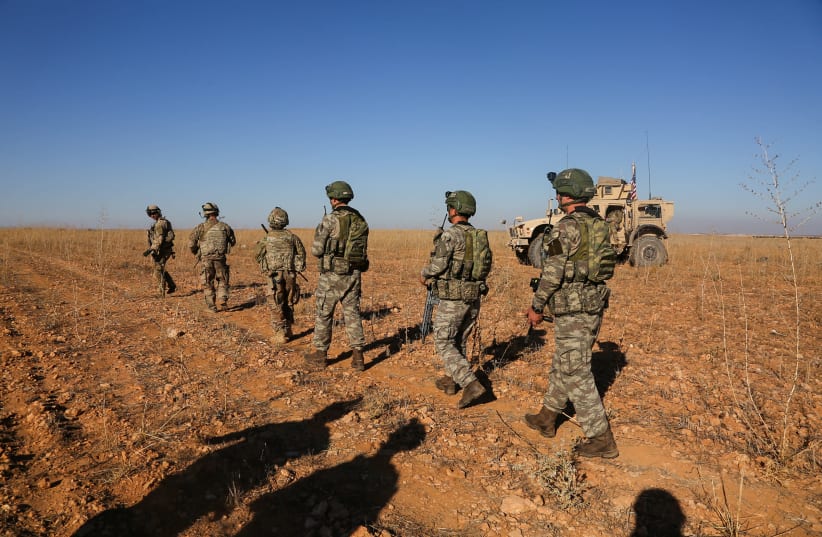What are Turkey-U.S. 'joint patrols' in eastern Syria and why they matter
In 2014 ISIS attacked the area and threatened to exterminate and ethnically cleanse Kurds, minorities and anyone who didn’t adhere to the ISIS extremist interpretation of Islam.
